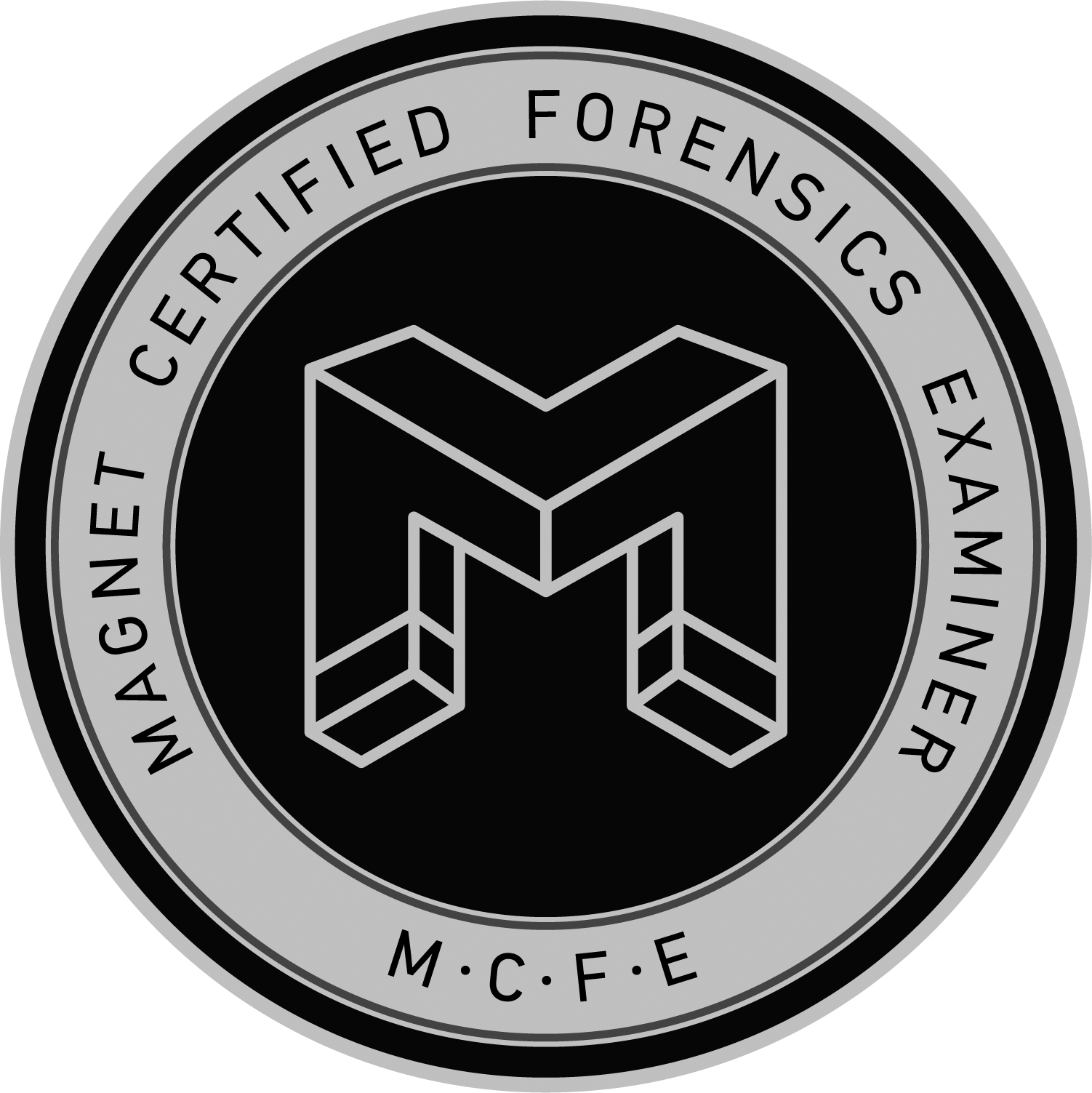ZDNET: It's tablet time at CES 2011
This year the Consumer Electronics Show, in early January, is shaping up to be the year of the tablet. Yet the most (some would say “only”) successful tablet to date is the one that won’t be at CES. Apple sold 7.5 million iPads in the first six months and no doubt millions more this holiday season. Its shadow will hangs over the show, forcing a wide range of companies–chipmakers, computer hardware and consumer electronics companies, software developers and wireless carriers–to announce plans for tablets. Here’s what I’m expecting to see.
 DME Resources
DME Resources

